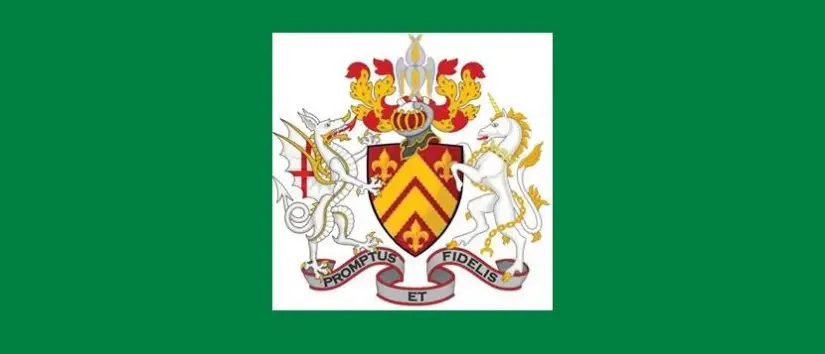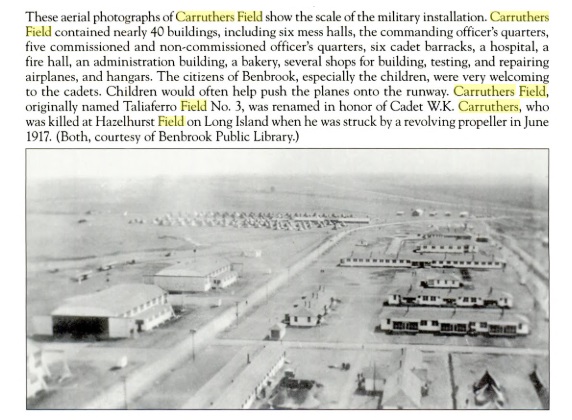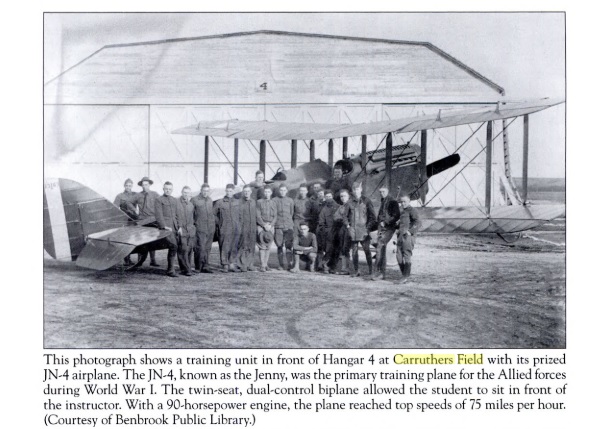Clan Carruthers Int Society CCIS Promptus et Fidelis
The Knights Templar and Scotland

An exploration of the history of the Knights Templar of Scotland, and their role as advisers to the country’s early kings. …
An exploration of the history of the Knights Templar of Scotland, and their role as advisers to the country’s early king – by C Robert Ferguson – author of ‘The Knights Templar and Scotland’.
‘The Knights Templar and Scotland’ was written to fill the gap concerning Scotland that existed among the numerous books about the Knights Templar, including their origin in Palestine in 1119, their rise, their victories, their defeats, their arrests, and their formal dissolution.
In Scotland, the Knights Templar’s purpose was purely economic. They were not warriors, but monks, recruiters, landlords and businessmen. Their only possible battles in Scotland were at Bannockburn and the battles that led up to it. But these occurred after the Templar’s’ arrests in 1307. But still, in Scotland the Templar’s had a purpose, and no less a mystique than the mystique that existed for those in France and Palestine. Ironically, as is shown in the book, this mystique was responsible for both their rise to power and their downfall.
The Knights Templar in Scotland
The Knights Templar presence in Scotland began in 1129 after King Henry I of England arranged and introduction of the Templar founder Hugh de Payens to King David I of Scotland. The meeting was a success and the Knights Templar were given a parcel of land seven miles south of Edinburgh that became known as ‘Balantrodoch’.
Among the buildings at Balantrodoch was a typical Templar eight-sided church. After the Templar dissolution it was continuously remodeled until 1849 when it was abandoned as the town of Temple’s community kirk.
King David I’s gift to the Templars was not without a benefit.
The Knights Templar as landlords
The Knights Templar were not only fierce warriors, but they were astute landlords and businessmen who ultimate owned over 500 sites in Scotland. Because of this, they became advisers to King David I and his successors.
The Knights Templar were answerable only to the Pope. This resulted in a unique group of rights that separated them from the rest of the population of Scotland. The Knights Templar and their tenants were free from all tithes, taxes, custom, service, and exaction, whether from the King or a local Lord. They were also exempt from all courts or jury duty. These privileges were gladly accepted when the Crusades were at their height, but when the Crusades ceased to be popular, so did public opinion of the Templars and their privileges.
The end of the Knights Templar as an Order came when most of them were arrested in France on October 13, 1307, and subsequently in England and Scotland. ‘The Knights Templar and Scotland’ also deals with the possibility thatsome of the knights were involved with the Battle of Bannockburn in 1314. The possibility begins with the excommunication and coronation of Robert the Bruce.
The excommunication of Robert the Bruce is applicable because all of Scotland was subject to an interdict. The result was that the knights who were not arrested could safely come to Scotland where they would be free of any action by the Pope.
The coronation is significant because Robert the Bruce was crowned in 1306 by his friend Bishop Lamberton, who, in 1309 alsoconducted the Inquisition of the Knights Templar in Scotland. If the Knights Templar were involved at Bannockburn, there are several significant things they would have done.
‘The Knights Templar and Scotland’ provides new information and a new insight into the Knights Templar and medieval Scotland. It will be enjoyed by all who are interested in the Knights Templar and medieval Scottish history.
Preserving Our Past, Recording Our Present, Informing Our Future
Ancient and Honorable Clan Carruthers Int Society CCIS LLc
carruthersclan1@gmail.com

You can find us on facebook at :
https://www.facebook.com/carrutherscarrothers.pat.9
https://www.facebook.com/CarruthersClan/
https://www.facebook.com/CarruthersClanLLC
Disclaimer Ancient and Honorable Carruthers Clan International Socie













